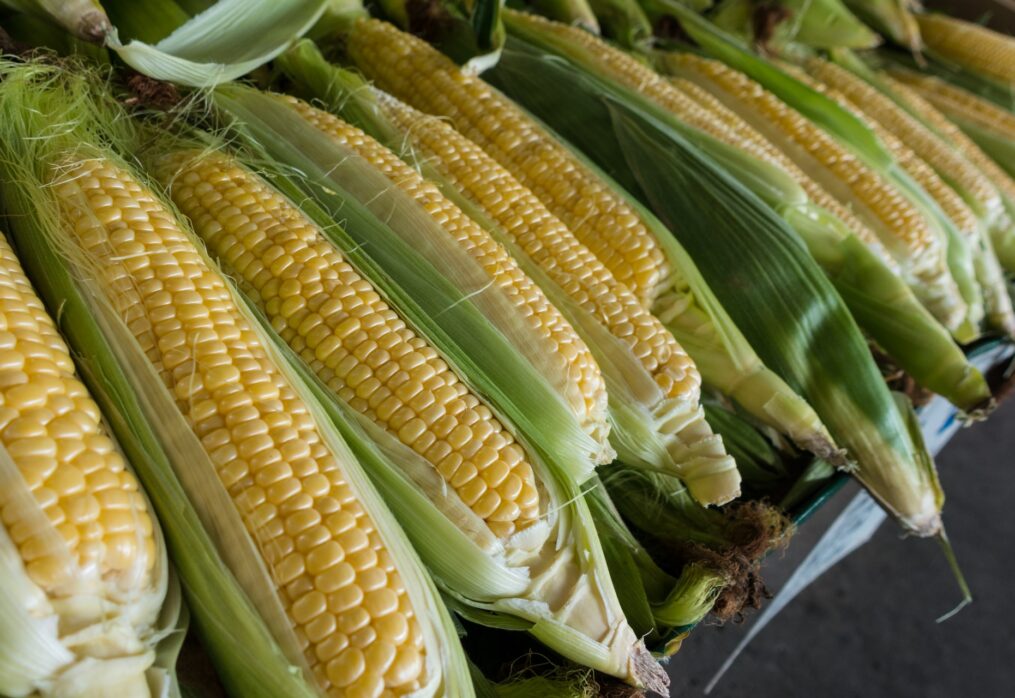Corn from the U.S. is becoming less attractive to importers
Corn from the U.S. is losing ground on the world market
The last marketing season changed the balance of power in the world market of agricultural products. Unfavorable weather conditions in many countries significantly reduced the production of major crops. In turn, this gave an opportunity to increase supplies to other producers, which previously occupied a small share of the market. A striking example is corn from the U.S., the harvest of which was significantly lower than in previous years. As a result, U.S. farmers are concerned that they cannot fully meet demand.
Another problem for growers in the agriculture industry has been logistics difficulties. Supply chain disruptions, and rising energy and fuel costs have made harvesting and shipping crops more difficult. All this had a negative impact on corn exporters from the U.S., and according to analysts, this situation may have a long-term nature. Previously, the U.S. provided about 75% of the world’s corn needs. However, in the past few years, the share of American producers has decreased by 30%, as other suppliers have increased their volumes. Among them, Brazil has taken the lead.
Previously, the U.S. provided about 75% of the world’s corn needs. However, in the past few years, the share of American producers has decreased by 30%, as other suppliers have increased their volumes. Among them, Brazil has taken the lead.
One concern for American farmers is that China has reduced supplies from the U.S. while increasing imports from Brazil. In turn, the latter has increased its production by about 20% for 5 years, which also positively affects its position in the global market.
For the last few months Chinese buyers do not show much interest in corn, and its purchases from traders in the U.S. in October last year decreased by 70% compared with the same period in 2021.
Such a situation on the world market allows us to talk about the probability of weakening of the U.S. position. A number of experts believe that soon Brazil will take the lead in corn supply, displacing the United States. In favor of such predictions is the fact that many Chinese importers prefer Brazilian grain to the American one.
As for the overall picture, demand for corn remains moderate after a record rush a few years ago, and there are no signs yet that it will rise sharply.
A slight increase in demand for corn was observed during the waiting period for the harvest in Argentina. At that time market participants were concerned that corn quantity and quality may be worse than last season. The situation in this case was aggravated by low forecasts from American farmers. However, on the whole, the situation on the market remains stable, and prices for the crop did not change significantly. The exception was made by futures on American corn, which sagged a little.
